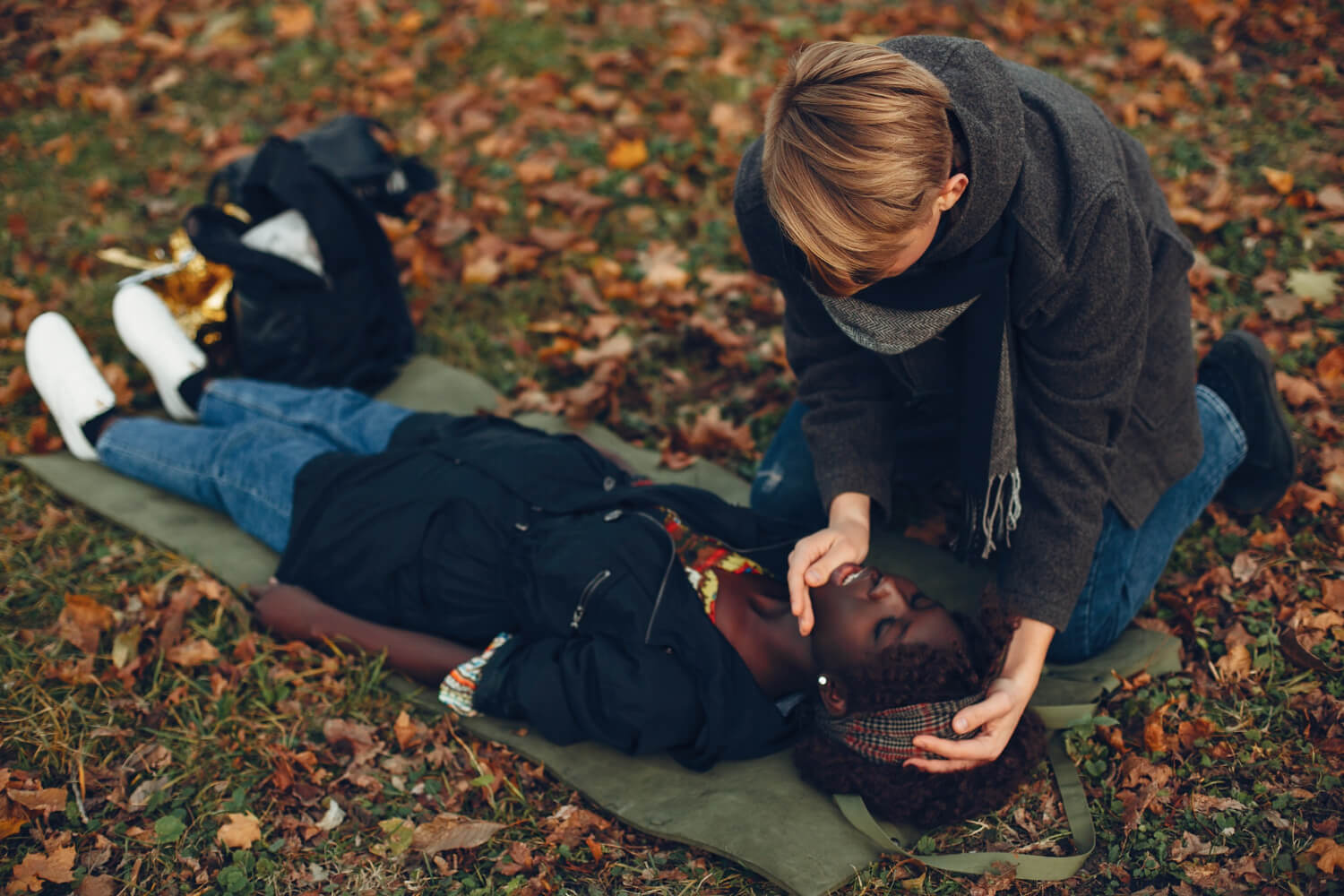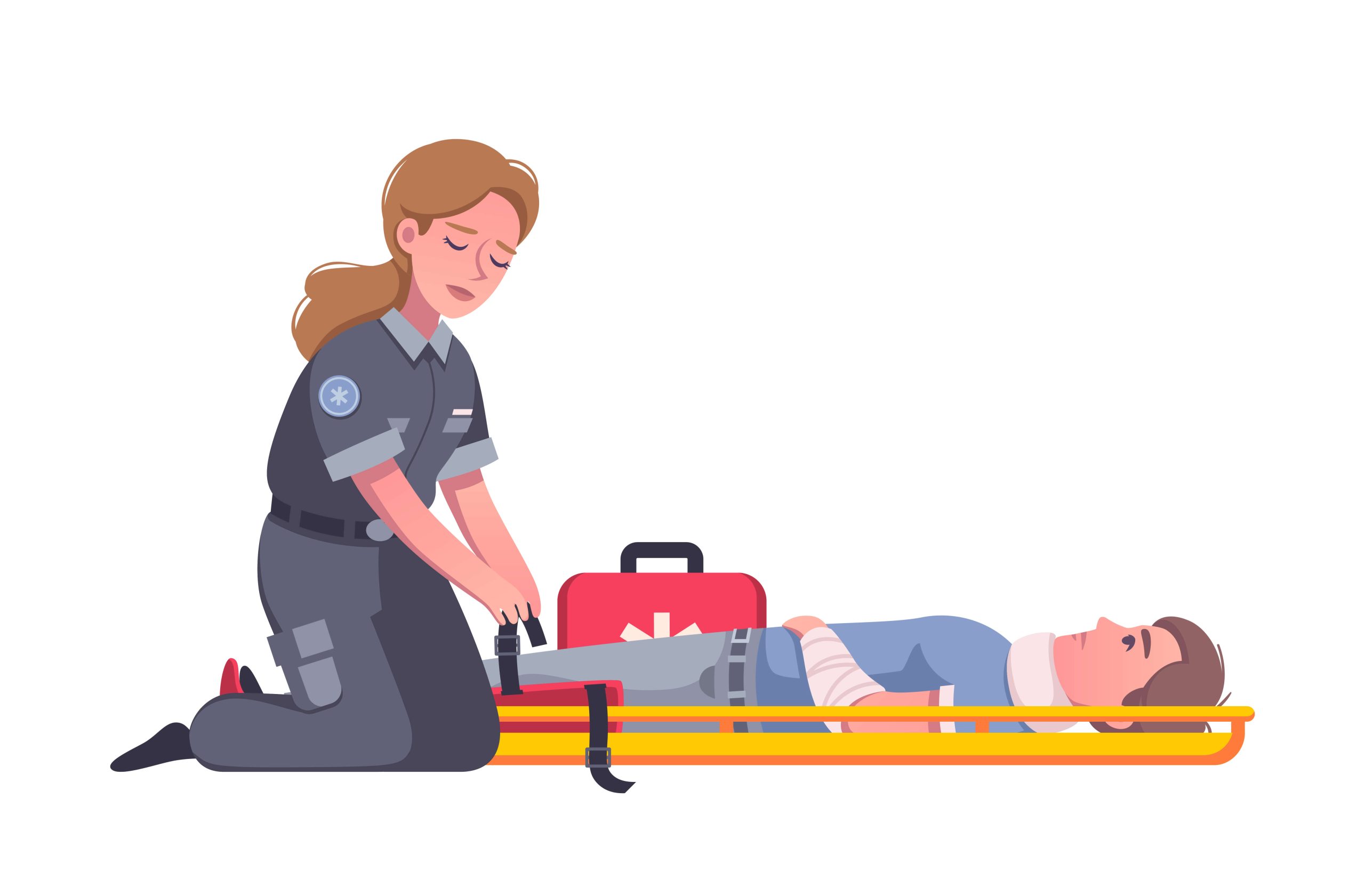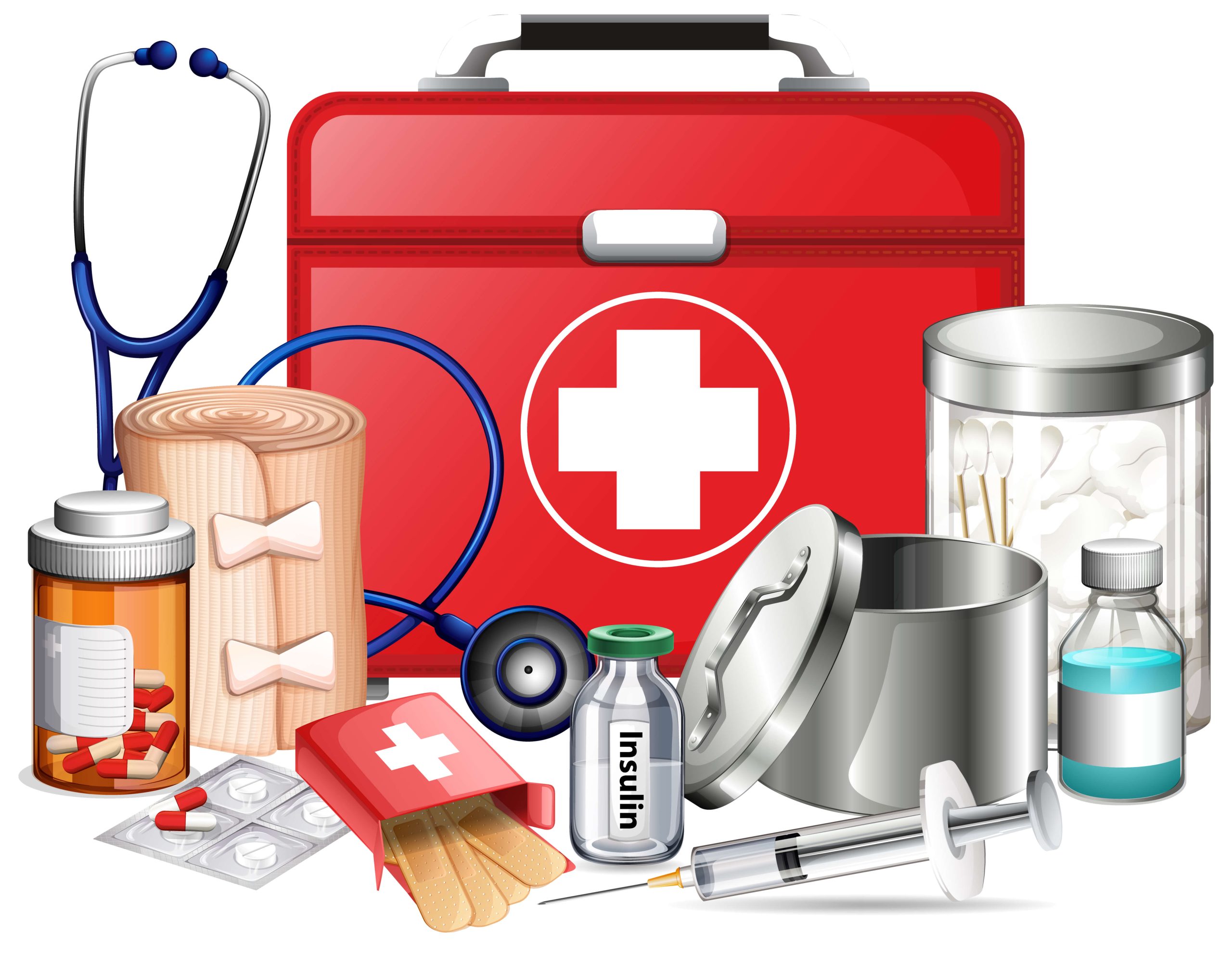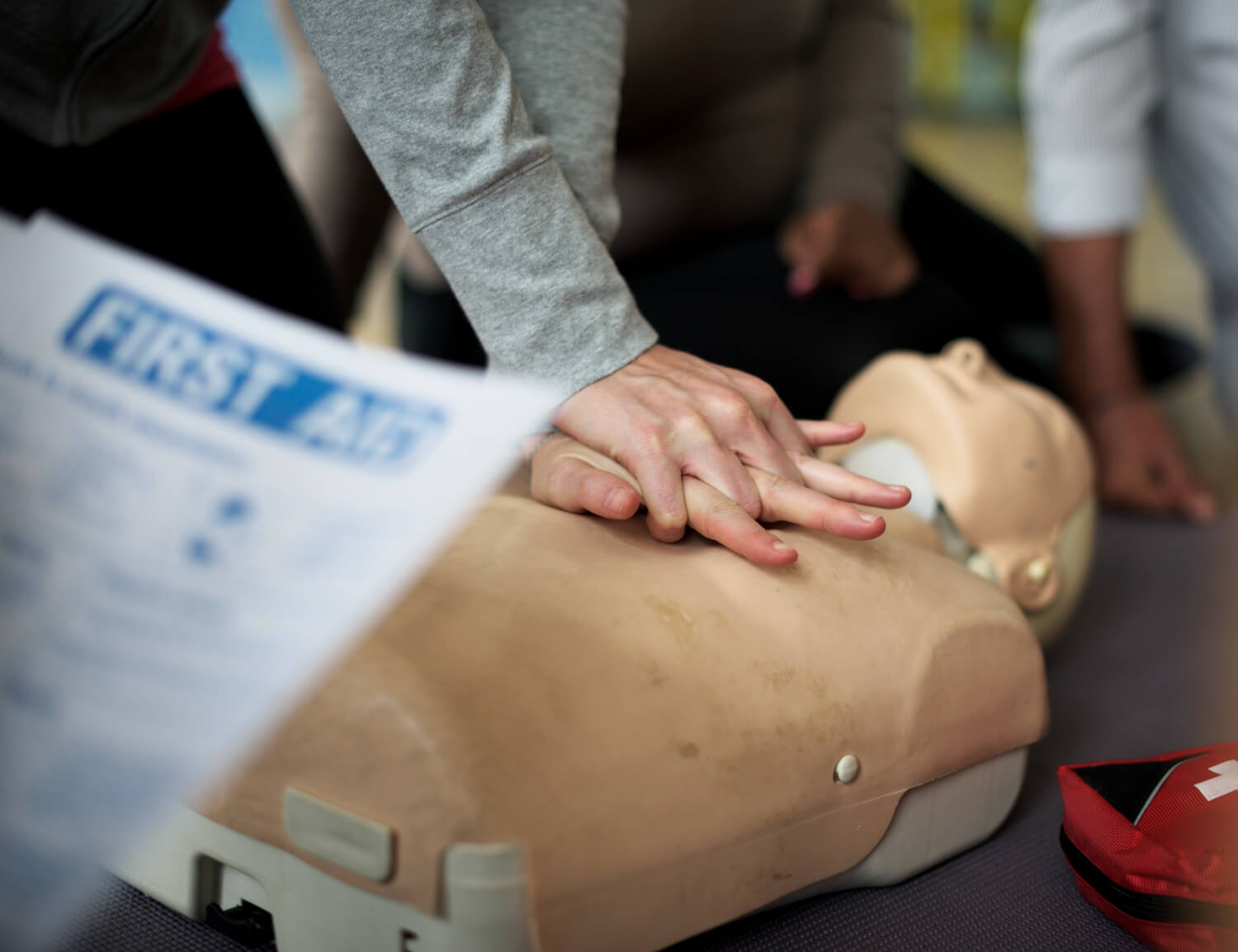What To Do When Someone Is Choking On Water?
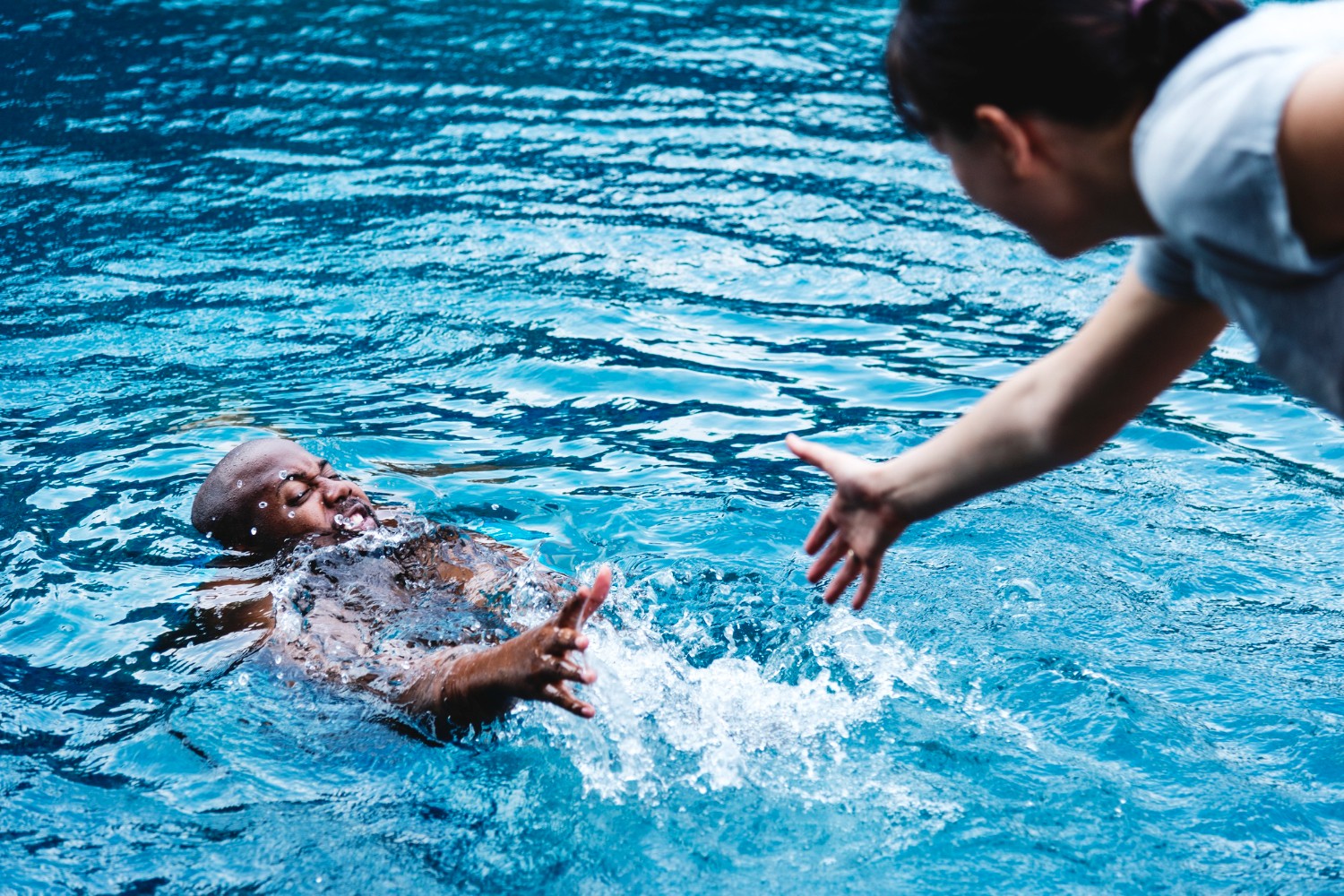
What To Do When Someone Is Choking On Water?
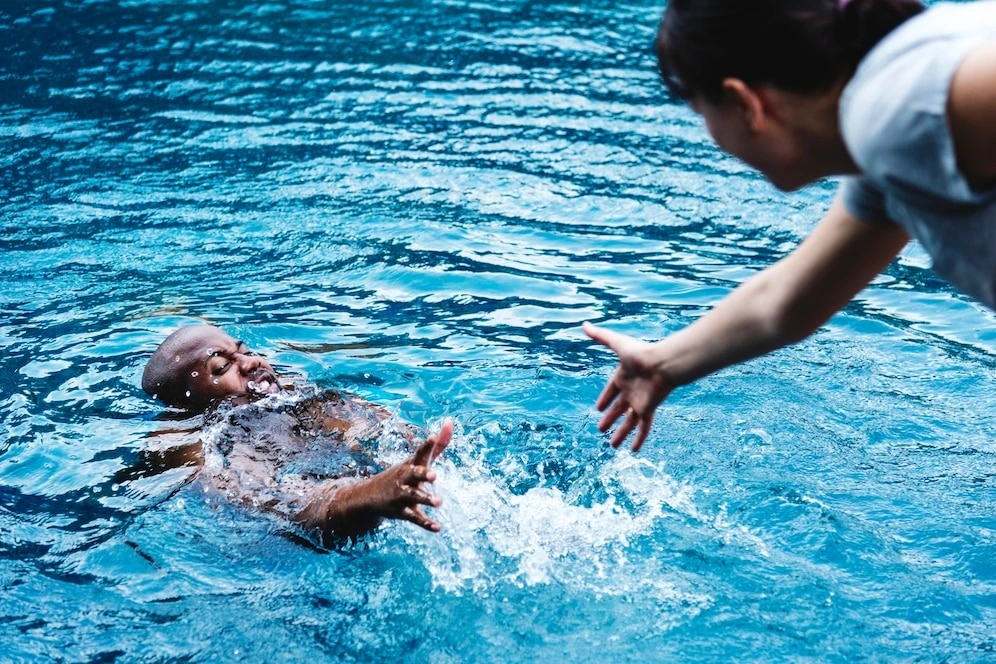
What to do when someone is choking on water is a crucial piece of knowledge that can save lives. We’ve all been there, enjoying a refreshing gulp of water only to have it go down the wrong pipe.
It’s a moment that can send us into a panic, especially when it happens to someone else. But fear not, because in this article, we’re going to dive deep into the life-saving maneuvers you can perform when someone is choking on water. Whether you’re a concerned friend, a diligent parent, or just someone looking to be prepared, knowing what to do when faced with a choking emergency can make all the difference.
Choking on water might sound less severe than choking on solid food, but it can still lead to terrible consequences. When someone is choking, it’s crucial to act quickly and confidently. The good news is that with the right knowledge and a calm demeanor, you can help save a life.
In this blog we will tackle how you can learn more when you encounter such situations such as choking on water and help anyone.
How to help when Someone Is Choking on Water?
- Stay Calm First and foremost, keep your cool. Panic only complicates the situation. Take a deep breath to steady yourself—you’re about to make a crucial difference.
- Assess Breathing Politely ask the person if they can breathe or cough. If they can cough, encourage them to keep doing so to try and dislodge the obstruction. Avoid intervening unless their condition deteriorates.
- Perform the Heimlich Maneuver If the person cannot breathe or cough effectively, it’s time for action:
- Position Yourself: Stand behind the person and wrap your arms around their waist.
- Make a Fist: Form a fist with one hand and place it thumb-side just above their navel, in the middle of their abdomen.
- Perform Thrusts: Grasp your fist with your other hand and deliver quick upward thrusts. This should expel the obstructing object. Repeat as necessary.
- Back Blows If the Heimlich maneuver does not successfully dislodge the obstruction:
- Position Yourself: Stand slightly to the side of the person to ensure a clear path for delivering back blows and to avoid obstruction interference.
- Lean Them Forward: Gently guide the person to lean forward at the waist. This position helps utilize gravity to aid in dislodging the obstruction from the airway.
Prompt action and effective technique can significantly improve the chances of resolving a choking emergency. If the person remains unable to breathe or cough effectively, continue to provide assistance and consider calling emergency services for further guidance.
5. Deliver Back Blows: Use the heel of your hand to deliver firm and quick blows between their shoulder blades. Each blow should be forceful enough to help expel the object. Continue with these blows until the blockage is cleared or emergency help arrives.
6. Chest Thrusts If back blows aren’t effective:
- Stand Behind: Position yourself behind the person.
- Locate the Chest: Place your fist between their breasts, slightly above the sternum.
- Administer Thrusts: Push inward and upward with quick thrusts, similar to the Heimlich maneuver, until the airway is clear.
7. Call for Help If choking persists:
- Emergency Assistance: Dial 911 or your local emergency number immediately. Emergency responders can provide further instructions and respond quickly if needed.
8. CPR (Cardiopulmonary Resuscitation) If the person loses consciousness:
- Administer CPR: Begin chest compressions and rescue breaths as per your CPR training until help arrives.
Remember, staying composed and acting swiftly can significantly increase the chances of resolving a choking emergency.
Can people choke on water?
Yes, choking on water is a common occurrence that can happen unexpectedly to anyone. It occurs when water or other fluids inadvertently block the airway, impairing breathing. This can happen due to various reasons, including swallowing too quickly, drinking while talking or laughing, or not fully controlling the liquid intake during consumption.
Choking incidents with water are more prevalent than commonly thought, affecting individuals of all ages and backgrounds. Even a momentary lapse in attention during a sip can lead to choking. It highlights the importance of staying mindful during everyday activities, like drinking water, to prevent such incidents.
Choking on water can be particularly risky because, unlike solid objects, fluids can enter the lungs if not expelled or removed promptly. This can lead to aspiration pneumonia, where the lungs become infected due to the presence of fluid. Seeking immediate medical attention is crucial if choking persists or if there are signs of respiratory distress, such as persistent coughing or difficulty breathing.
Understanding the risks associated with choking on water underscores the importance of being cautious and responsive in managing such emergencies.
What happens when someone chokes on water?
When someone chokes on water, their airway becomes blocked, leading to difficulty breathing. If not addressed promptly, this can lead to aspiration pneumonia—a serious condition where fluid enters the lungs instead of the stomach, potentially causing severe coughing and fever. Immediate medical attention is essential to manage these risks effectively.
What are the common risks associated with choking on water?
Choking on water can lead to various consequences, ranging from mild discomfort to severe medical emergencies. These risks include:
- Aspiration pneumonia, caused by water entering the lungs.
- Risk of oxygen deprivation, potentially resulting in loss of consciousness.
- Long-term complications if immediate treatment is not administered.
What to do if you are choking on water?
If you experience choking on water, staying calm is crucial. You can perform a self-administered Heimlich maneuver by using a chair or countertop to apply pressure below your ribcage. Alternatively, leaning forward and using your body weight to apply pressure on your abdomen can help dislodge the obstruction.
Current guidelines for assisting someone choking on water
Follow these current guidelines to take immediate action: Start with back blows and abdominal thrusts. Only call for professional help if the situation does not improve after initial interventions.
Preventing Choking Incidents
Prevention is key when it comes to reducing the risk of choking on water. Here are some proactive steps you can take:
- Encourage slow sips of water, especially when someone is very thirsty.
- Supervise young children during meals and snacks to prevent them from drinking water too quickly.
- Teach children the importance of chewing food thoroughly and taking small sips of water.
- Minimize distractions during meals to avoid accidental choking incidents.
Conclusion
Choking on water can be a frightening experience, but knowing how to respond can save lives. Stay calm, assess the situation, and be prepared to perform life-saving maneuvers such as the Heimlich maneuver, back blows, and chest thrusts. If needed, call emergency services and be ready to administer CPR.
Remember, preventing choking incidents is as crucial as knowing how to respond to them. By following these simple guidelines, you can significantly reduce the risk of choking and ensure the safety of yourself and others. Stay vigilant, stay prepared, and stay safe.
Ready to Learn CPR and First Aid? Book Your Training Today!
Visit CPR Classes Near Me to schedule your CPR and first aid training session. Don’t wait until it’s too late—empower yourself with life-saving skills now.
AHA BLS CPR & AED Classes
About Author:
admin
Recent Posts
- Should You Stop CPR If the Person Vomits? Here’s What to Do
- CPR Certification in Sacramento: Where to Get Trained
- Need American Heart Association CPR in Austin? Get Certified Today!
- Beyond the Beltway: Why Arlington Parents are Heading to Virginia Beach for Infant CPR
- Top 5 Reasons to Get CPR Certified in Columbus, OH Today


